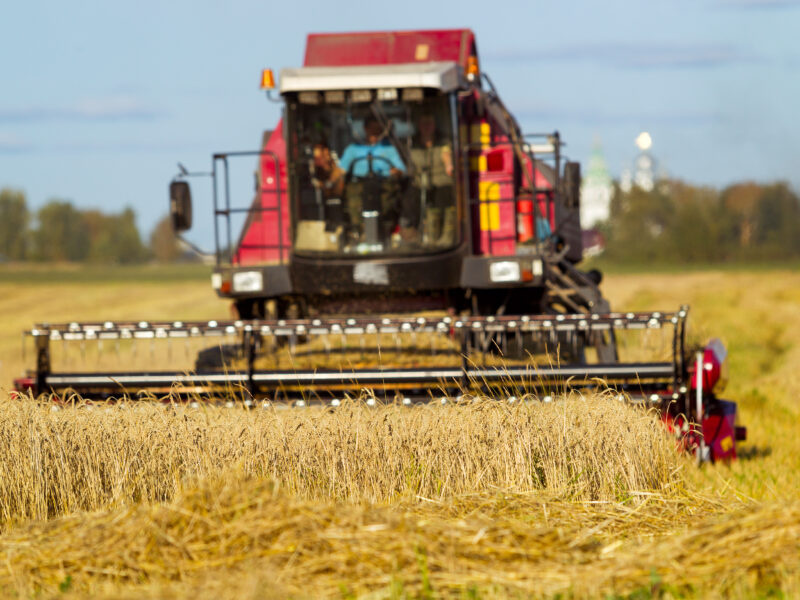Bracing for Automation: What Are Canada’s Most Vulnerable Jobs?
Rapid technological change makes it more critical than ever that Canadian leaders understand how the adoption of new technologies impacts Canada’s labour markets. This briefing looks at which occupations have a higher risk of significant transformation and offer few options for workers to transition into lower-risk occupations.

Highlights
- Nearly one in five Canadian employees are in occupations at high risk of automation with few or no options to transition into lower-risk occupations without significant retraining.
- The top five industries in which these occupations are most concentrated are accommodation and food services, manufacturing, retail trade, construction, and health care and social assistance
- Based on total number of people employed, the top five occupations of this type in Canada are food counter attendants, kitchen helpers, and related; cashiers; administrative assistants; general office support workers; and cooks.
- Indigenous people, women, young people, and visible minorities are disproportionately represented in most of the top occupations.
Related Content
Research
Rising Concerns About the Impact of New Technologies on Employment
The proportion of Canadian workers who are worried about losing their job in the coming years because the work they do will soon be done by computers or robots has increased, and this cannot be accounted for simply by pointing to growing pessimism about the economy in general. Rather, there is a more direct relationship between concerns about the impact of automation on employment, and the use of AI programs at work.
Research
Scoping a PIAAC Research Agenda: Programme for the International Assessments of Adult Competencies
This project was initiated to develop a Canadian PIAAC research agenda that can guide policymakers, researchers and practitioners in using these new data to close knowledge gaps, enhance policy decisions and improve national performance in skills development.
Research
Technology and Agriculture: Adoption and Barriers
Without explicit educational support, small and midsize enterprises (SMEs) and diverse-owned agribusiness may be left out of the AgTech revolution. Skills-based supports are needed to maintain market competitiveness and ensure technology literacy and adoption issues are equalized—not accentuated—among groups.




